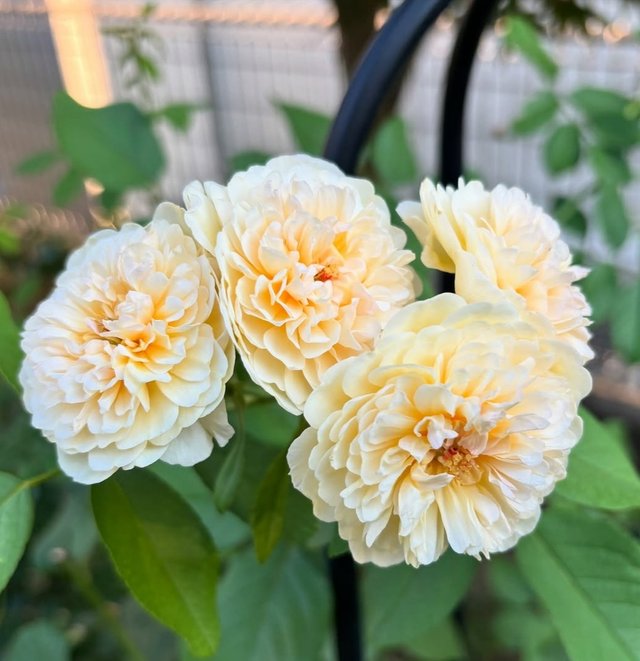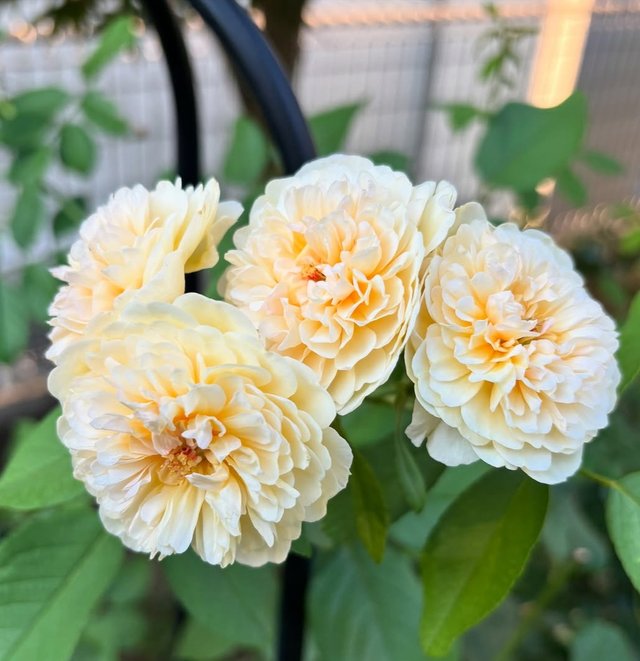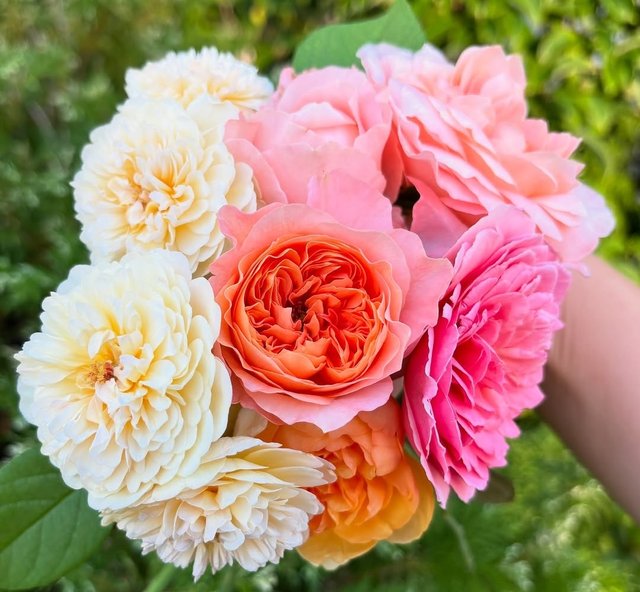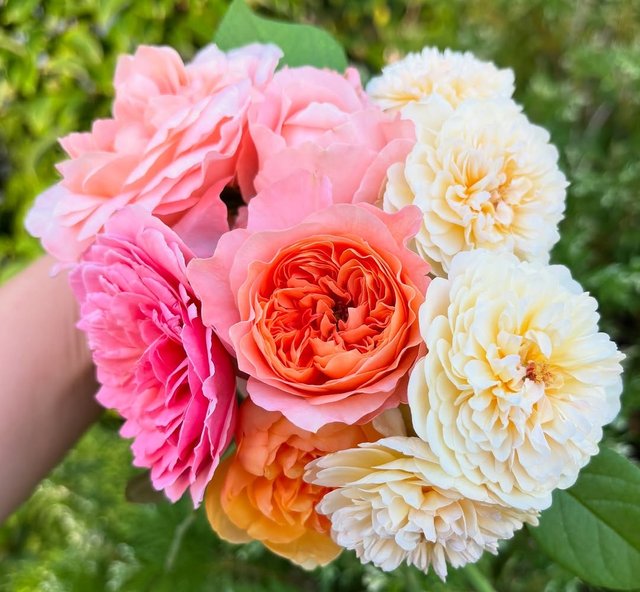Garden Roses Flower So Wonderful
Garden Roses: Timeless Beauty and Botanical Heritage
Garden roses are among the most cherished and iconic flowering plants cultivated by humans. Famed for their breathtaking blooms, alluring fragrance, and wide palette of colors, these roses are not just garden ornaments but symbols of love, passion, elegance, and even political ideologies. Their history spans centuries, and their botanical diversity continues to inspire gardeners, breeders, and flower enthusiasts around the world.Origins and Historical Significance
The history of garden roses stretches back over 5,000 years, with early records of rose cultivation in ancient Chinese, Persian, and Roman civilizations. The Romans used roses in festivals, perfumes, and even in medicinal concoctions. During the Middle Ages, roses became deeply intertwined with religious and cultural symbolism, particularly in Europe.
By the 18th century, the introduction of Chinese roses into Europe transformed rose breeding forever. These new varieties bloomed repeatedly, unlike most European species that only flowered once a year. Breeders quickly began cross-breeding European and Chinese roses, giving rise to the first hybrid garden roses that combined hardiness with prolonged blooming.
Types of Garden Roses
Modern garden roses are typically divided into three major groups: Old Garden Roses, Modern Roses, and Wild Roses.
Old Garden Roses
These are varieties that existed before the introduction of the first hybrid tea rose in 1867. Notable types include:
Gallica Roses – Ancient roses with rich fragrance and deep hues.
Damask Roses – Known for their intense fragrance and use in perfumery.
Alba Roses – Hardy and elegant, often pale or white.
Bourbon and Portland Roses – Early repeat bloomers with lush petals.
Old garden roses are prized for their fragrance, disease resistance, and historical allure.
Modern Garden Roses
These include all rose types developed after 1867, especially with repeat-blooming capabilities and a wide color range.




%20(8).jpeg)